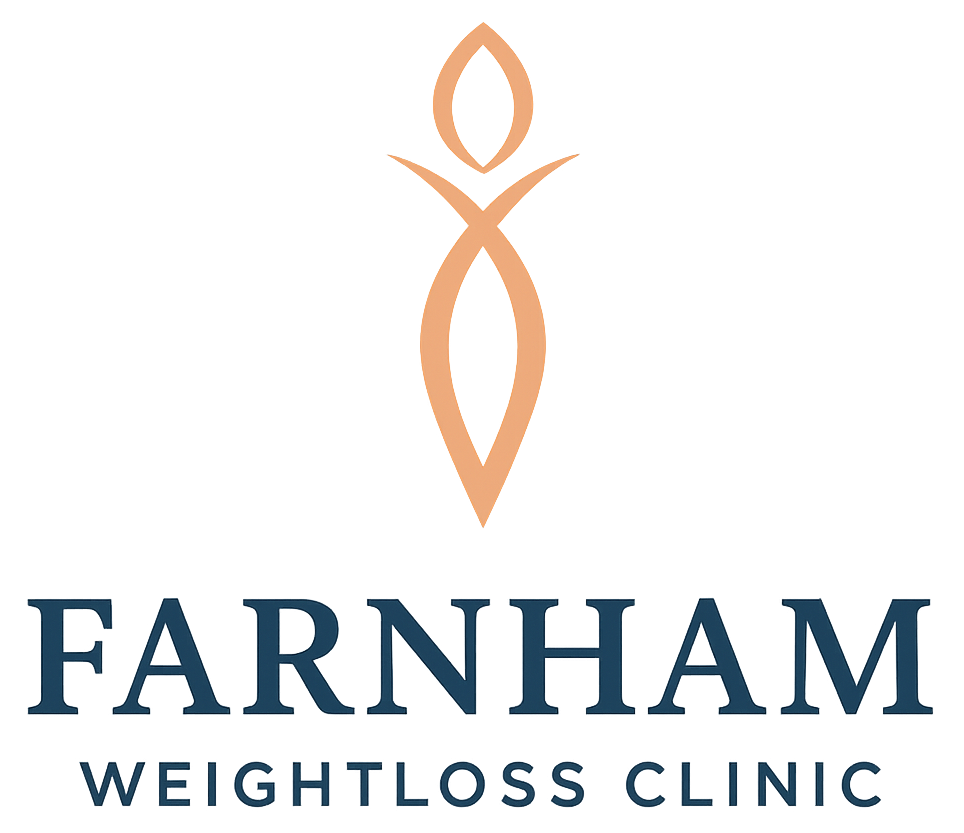Understanding Acid Reflux

Understanding Acid Reflux
Acid reflux, also known as gastro-oesophageal reflux disease (GORD), is a chronic condition where the contents of the stomach flow back up and irritate the oesophagus. Normally, a muscle called the lower oesophageal sphincter (LOS) prevents anything from returning up through the oesophagus, but due to factors such as obesity, pregnancy, or smoking, the LOS may become weakened and unable to properly block the stomach’s contents.
Understanding Acid Reflux
Diagnosis
Many people in the UK suffer from heartburn or other symptoms of acid reflux, but it is when the symptoms occur more than twice weekly that they are considered to have GORD.
There are a variety of tests that doctors can perform to help diagnose GORD. The most common are:
Upper GI Series: Essentially an X-ray of the oesophagus, stomach, and duodenum.
Upper Endoscopy: A thin tube with a camera and light at the end is passed down the patient’s upper gastrointestinal tract to visualise the oesophagus.
Oesophageal pH Monitoring: A small tube is passed down the patient’s oesophagus. It monitors all liquid and acid that reflux into the oesophagus.
Oesophageal Manometry: This test lasts about an hour and involves placing a tube down the patient’s throat. The tube measures how well the oesophagus functions at several points as the patient swallows.
Diagnosis
Luckily, many aspects of treatment for GORD coincide with weight loss and wellness programmes, and if you’ve already begun healthy lifestyle changes, it’s possible you’re already seeing reductions in GORD symptoms.
Some such lifestyle changes include:
Losing weight. Maintain a healthy diet high in protein and low in fat, and be active for at least 30 minutes a day.
Avoiding foods known to trigger your personal acid reflux, such as fried foods or foods with high acidic content.
Quitting smoking and avoiding exposure to second-hand smoke.
Remaining upright for three hours after eating.
Meet Our Team
Dr Ishmail Boakye-Acheampong
Dr Zahraa Hasafa


